Double glazed glass, a staple in modern homes, offers unparalleled insulation and energy efficiency. Comprising two panes separated by a layer of inert gas, such as argon or krypton, this design minimises heat transfer and reduces noise infiltration. Over time, however, double glazed windows may require maintenance or replacement to uphold their performance. In this comprehensive guide, we'll delve into the intricate process of replacing glass in double glazing. By addressing common queries and providing detailed insights, we aim to empower homeowners with the knowledge needed to undertake this task confidently, ensuring their homes remain comfortable and energy-efficient.
Understanding Double Glazed Glass
To grasp the significance of double glazed glass replacement, it's essential to comprehend its structure and functionality. The dual-pane construction, coupled with the insulating gas layer, forms a barrier against heat loss and external noise. This innovative design not only enhances comfort but also contributes to significant energy savings over time. By trapping heat during the winter and repelling it in the summer, double glazed windows help maintain a consistent indoor temperature, reducing reliance on heating and cooling systems. Additionally, the sound-dampening properties ensure a quieter living environment, shielding residents from external disturbances.
Can I Replace a Double Glazed Side Window with Clear Glass?
One of the most common queries regarding double glazed glass pertains to replacing individual panes, particularly inside windows. Fortunately, the answer is affirmative. Whether the glass is damaged, outdated, or requires an upgrade, replacing clear panes inside windows is entirely feasible with the appropriate tools and expertise. This flexibility allows homeowners to address specific issues without the need for wholesale window replacements, saving both time and money while prolonging the life span of their double glazed units.
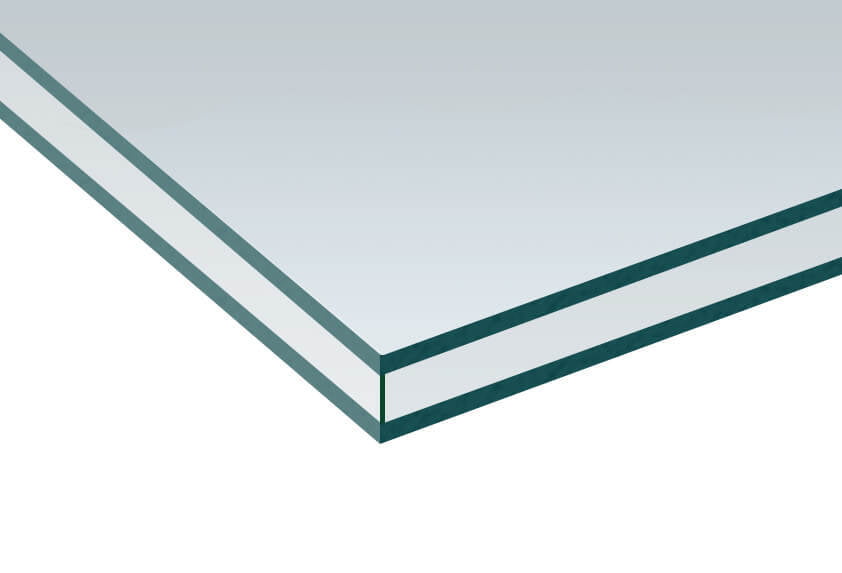
How Do I Replace Double Glazed Glass?
Undertaking a double glazed glass replacement project requires meticulous planning and execution. The process entails several steps, each crucial to ensuring a successful outcome. From initial assessment and measurements to the meticulous installation and sealing, attention to detail is paramount.
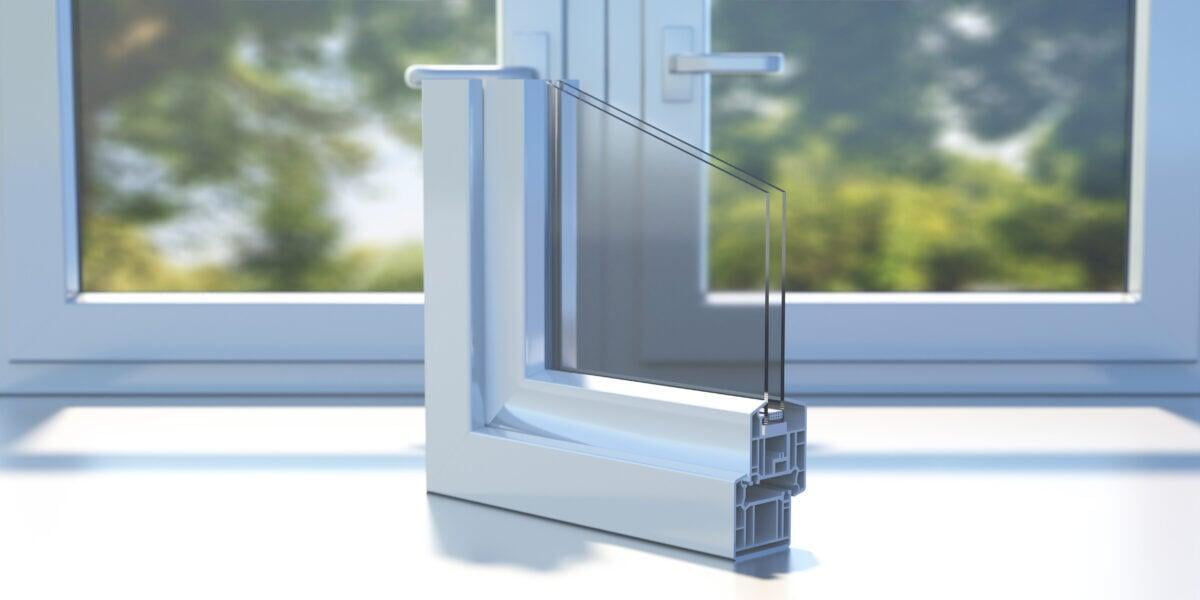
Assessment:
Before diving into the replacement project, it's crucial to assess the condition of the existing glass thoroughly. This involves inspecting for any signs of damage, such as cracks, chips, or fogging between the panes. Additionally, check the integrity of the surrounding frame and seals to identify any underlying issues that may need addressing.
Measurements:
Accurate measurements play a pivotal role in the replacement process. Take precise measurements of the existing glass pane, including its width, height, and thickness. These measurements are essential for ordering the correct replacement glass, ensuring a seamless fit and optimal performance once installed.
Removal:
Carefully removing the damaged glass from the frame is a delicate task that requires patience and precision. Use appropriate tools, such as a putty knife or suction cup, to detach the glass from the frame without causing further damage. Take care to avoid applying excessive force, as this could compromise the integrity of the frame or surrounding structure.
Cleaning:
Once the damaged glass is removed, it's essential to clean the frame thoroughly to create a smooth surface for the new glass installation. Remove any debris, dirt, or old sealant from the frame using a mild detergent and water solution. Ensure that the frame is completely dry before proceeding with the installation to prevent issues such as adhesion failure or moisture infiltration.
Installation:
Installing the new glass pane securely into the frame is a critical step in the replacement process. Carefully position the replacement glass, ensuring that it aligns correctly with the frame and fits snugly into place. Use appropriate tools and techniques to support the glass during installation and prevent it from shifting or becoming misaligned.
Sealing:
Applying a suitable sealant is essential for creating a watertight and airtight seal around the edges of the new glass pane. Choose a high-quality sealant that is compatible with double glazed units and provides long-lasting protection against air and moisture infiltration. Apply the sealant evenly along the perimeter of the glass, ensuring complete coverage and a secure bond with the frame.
Testing:
Once the replacement glass is installed and sealed, it's essential to conduct thorough testing to ensure that the window functions correctly. Open and close the window several times to check for smooth operation and proper alignment. Additionally, inspect the sealant for any signs of gaps or inconsistencies that may indicate inadequate sealing. Finally, perform a visual inspection of the entire window to confirm that it is secure, weatherproof, and free from any defects.
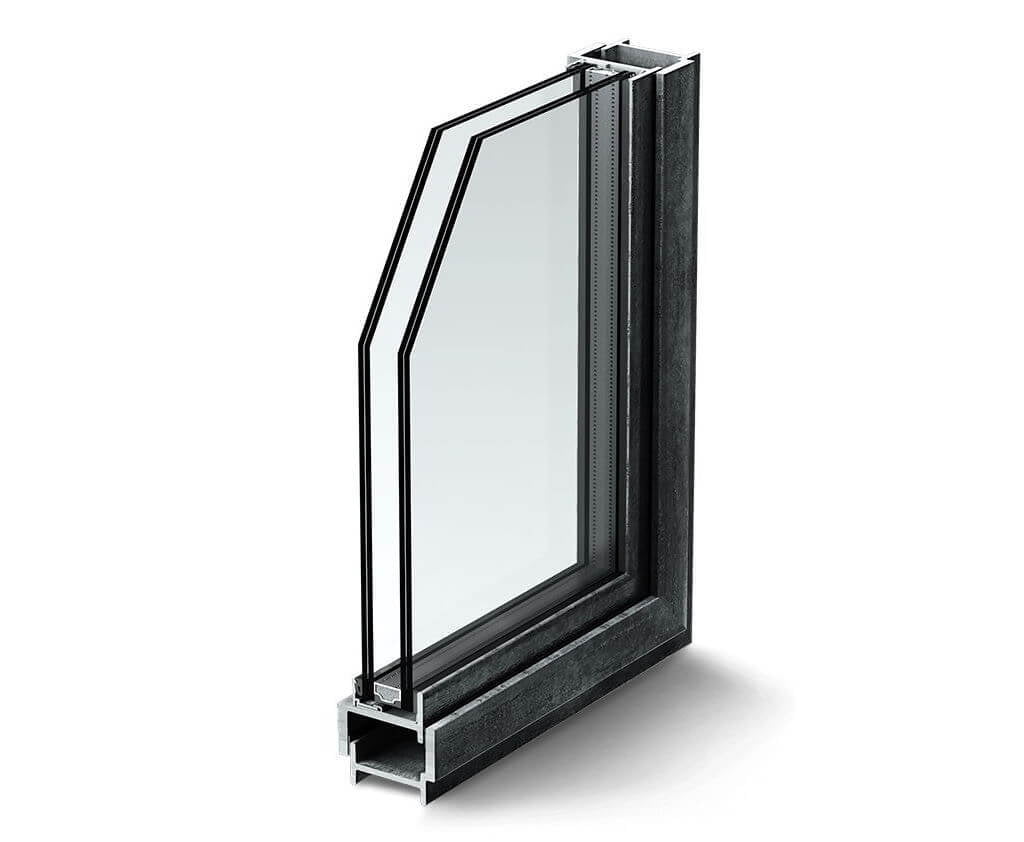
Can You Get One-Way Glass in Double Glazing?
Privacy and aesthetics often prompt homeowners to explore alternative glass options, such as one-way or mirrored glass, for their double-glazing units. While standard double glazed units typically feature clear glass, specialised options may be available to meet specific requirements. One-way glass, known for its reflective surface that allows viewing from one side while obscuring visibility from the other, offers enhanced privacy without compromising natural light ingress. While less common than clear glass, one-way options cater to diverse preferences and architectural styles, enriching the visual appeal and functionality of modern homes.
Can You Put Triple Glazing Glass in Double Glazing Frames?
Innovations in glazing technology have introduced triple glazing as a viable option for enhanced energy efficiency and insulation. However, retrofitting triple glazing glass into existing double-glazing frames poses practical challenges. Unlike double glazing, which accommodates two panes of glass separated by a gas layer, triple glazing requires additional space and structural support. Attempting to fit triple-glazing into double-glazing frames may compromise performance and aesthetics, necessitating custom solutions or frame replacement to accommodate the thicker glass and additional layers.
Can You Replace Blown Glass in Double Glazing?
Blown glass, characterised by fogging or condensation between the panes, indicates a compromised seal in double-glazing units. While the temptation to replace only the affected pane may arise, it's essential to consider the underlying cause and long-term implications. Blown glass signifies moisture infiltration, which can lead to further damage and reduced insulation. Therefore, replacing the entire double glazed unit, including the seals and inert gas, is recommended to restore optimal performance and prevent future issues.
Can You Replace Just the Glass in Double Glazing?
The prospect of replacing only the glass pane in double glazing units appeals to homeowners seeking a cost-effective solution to address specific issues. While feasible under certain circumstances, such as intact frames and seals, this approach requires careful consideration and precision. Factors such as glass thickness, dimensions, and compatibility with existing frames must be evaluated to ensure a seamless fit and optimal performance. By entrusting the task to skilled professionals or following comprehensive DIY guides, homeowners can achieve successful glass replacements without compromising their windows' integrity.
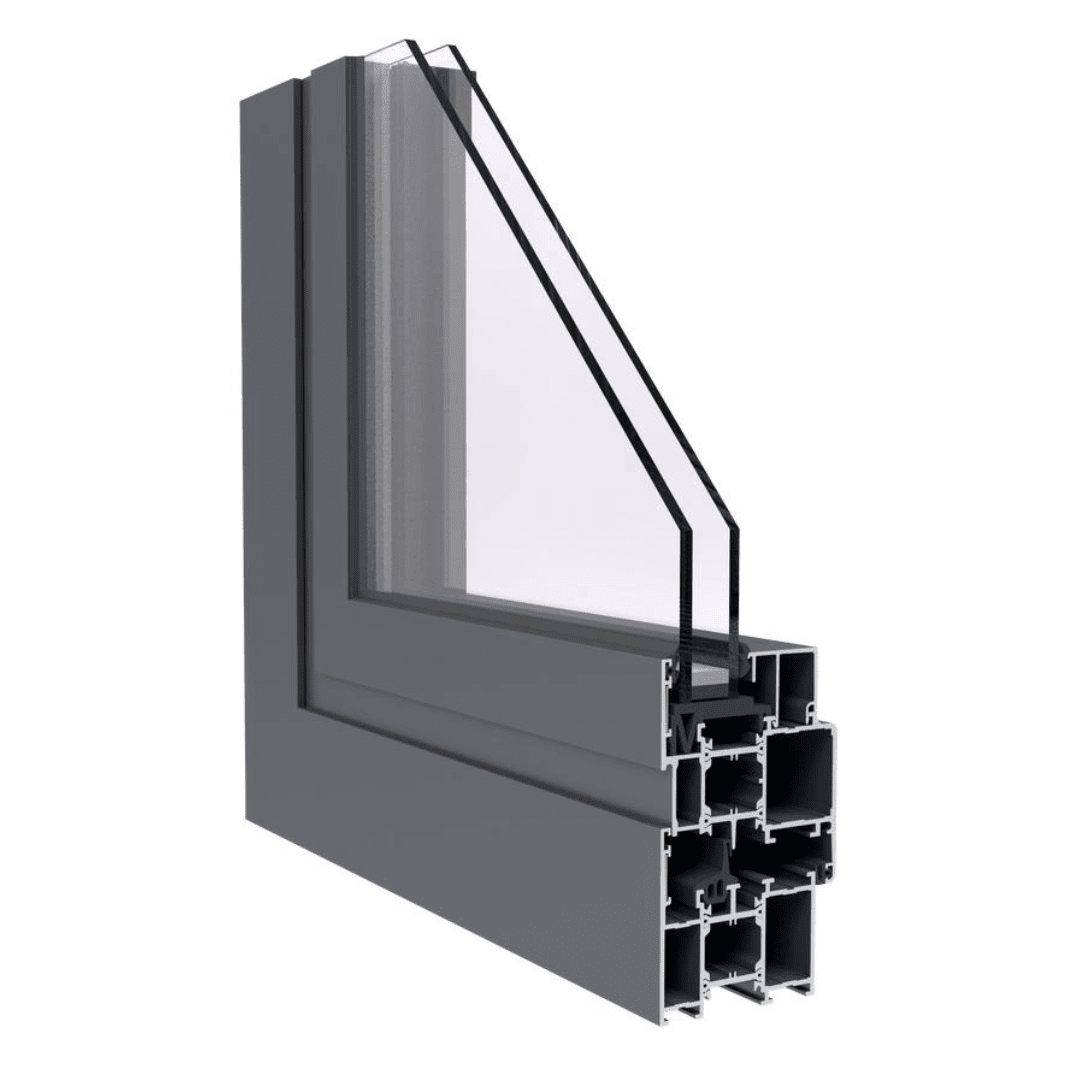
Factors to Consider Before Replacement:
Before embarking on a double glazed glass replacement project, several factors warrant careful consideration. Firstly, assess the extent of damage or deterioration to determine the necessity and scope of replacement.
The extent of damage:
Assessing the extent of damage to the existing double glazed glass is the first crucial step in the replacement process. Inspect the glass for any visible signs of damage, such as cracks, chips, or fogging between the panes. Additionally, check the condition of the surrounding frame and seals to identify any underlying issues that may impact the effectiveness of the replacement. By thoroughly evaluating the damage, homeowners can determine whether replacement is necessary or if alternative repair options are viable.
Type of Glass:
Selecting the appropriate type of glass for the replacement is paramount to meeting specific functional and aesthetic requirements. Consider factors such as energy efficiency, security, and privacy when choosing the new glass. Options range from standard clear glass to specialised variants such as low-emissivity (Low-E) glass or laminated glass. Low-E glass offers enhanced thermal insulation, reducing heat loss and improving energy efficiency, while laminated glass provides increased security and protection against breakage. Assessing your priorities and consulting with a glazing professional can help you make an informed decision that aligns with your needs and preferences.
Budget:
Establishing a realistic budget for the replacement project is essential to avoid financial strain and ensure cost-effective solutions. Consider all expenses associated with the replacement, including the cost of materials, labour, and any additional services required. While investing in high-quality materials and professional installation may incur higher initial costs, it can yield long-term benefits in terms of durability, energy savings, and overall satisfaction. Conversely, opting for budget-friendly options may compromise quality and longevity, leading to potential issues and additional expenses down the line. By carefully evaluating your budgetary constraints and exploring available options, you can make informed decisions that maximise value and minimise financial strain.
Tools and Materials Needed:
Gathering the necessary tools and materials is a crucial preparatory step before commencing a double glazed glass replacement project. Essential items include a tape measure for accurate dimensions, a glass cutter or saw for precise cutting, and a putty knife for removing old sealant. Additionally, sealants suitable for double glazed units, safety goggles, and gloves are indispensable for ensuring safety and achieving professional results. By assembling these supplies beforehand, homeowners can streamline the replacement process and mitigate potential delays or setbacks.
Step-by-Step Guide to Replacing Double Glazed Glass:
Executing a successful double glazed glass replacement requires a systematic approach and attention to detail. Begin by assessing the condition of the existing glass and measuring its dimensions accurately.
Assessment:
Before starting the replacement process, carefully examine the existing double glazed glass for any damage or wear. Look for cracks, chips, or fogging between the panes, as well as any signs of deterioration in the frame or seals. This assessment will help determine the extent of the replacement needed and guide subsequent steps in the process.
Measurement:
Accurate measurements are crucial to ensure the new glass pane fits perfectly into the frame. Use a tape measure to measure the width, height, and thickness of the existing glass pane. Take measurements from multiple points to account for any irregularities in the frame. These measurements will inform the ordering of the replacement glass and ensure a seamless installation.
Removal:
Carefully remove the old glass from the frame, taking care not to cause any further damage to the surrounding structure. Use appropriate tools, such as a putty knife or suction cup, to detach the glass from the frame gently. Take your time during this step to avoid accidents or damage to the frame, as this could complicate the replacement process.
Cleaning:
Once the old glass is removed, thoroughly clean the frame to remove any debris or residue. Use a mild detergent and water solution to clean the frame, ensuring it is free from dirt, dust, and old sealant. This step is essential to create a smooth surface for the new glass installation and ensure proper adhesion of the sealant.
Installation:
Please insert the new glass pane into the frame, ensuring it fits snugly and aligns correctly with the surrounding structure. Take care to position the glass evenly within the frame to avoid gaps or uneven sealing. Use appropriate tools and techniques to support the glass during installation and ensure it remains securely in place.
Sealing:
Apply a bead of sealant around the edges of the glass to create a watertight seal between the glass and the frame. Choose a high-quality sealant that is compatible with double glazed units and provides long-lasting protection against air and moisture infiltration. Ensure the sealant is applied evenly and covers the entire perimeter of the glass to prevent any potential leaks or drafts.
Finishing:
Smooth out any excess sealant using a putty knife or similar tool, ensuring a clean and professional finish. Allow the sealant to cure according to the manufacturer's instructions before proceeding with further testing or use of the window. This step is crucial to ensure the sealant properly bonds with the glass and frame, providing maximum durability and effectiveness.
Testing:
Finally, test the window to ensure it opens, closes, and seals properly. Operate the window several times to check for smooth operation and proper alignment. Inspect the sealant for any signs of gaps or inconsistencies that may indicate inadequate sealing. Conduct a visual inspection of the entire window to confirm that it is secure, weatherproof, and free from any defects. This testing phase ensures that the replacement glass has been installed correctly and meets the desired performance standards.Safety Precautions:
Maintaining safety throughout the double glazed glass replacement process is paramount to prevent accidents and injuries. Wear safety goggles and gloves to protect against glass shards and sealant fumes, particularly during removal and installation. Work in a well-ventilated area to minimise exposure to sealant vapours and ensure adequate airflow. If uncertain or uncomfortable with the task, seek professional assistance to ensure the job is completed safely and to the highest standards. By prioritising safety precautions, homeowners can undertake replacement projects with confidence and peace of mind.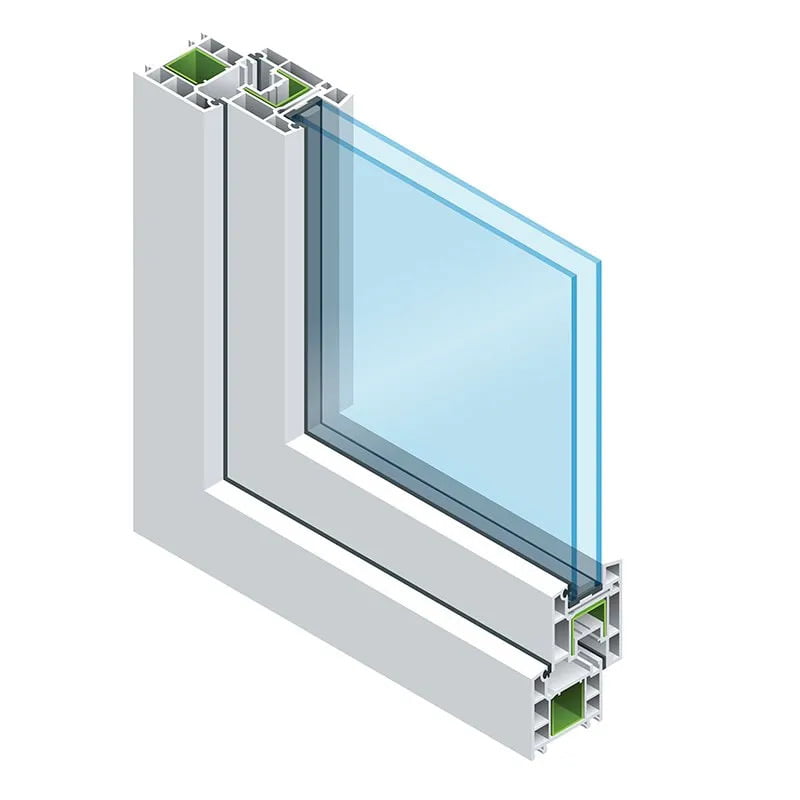
Benefits of Double Glazed Glass Replacement:
Investing in double glazed glass replacement offers numerous benefits beyond restoring functionality and aesthetics. Improved energy efficiency translates into lower utility bills and reduced environmental impact, aligning with sustainability goals. Enhanced sound insulation creates a quieter, more comfortable living environment, promoting relaxation and productivity. Additionally, upgrading to modern glass options, such as low-emissivity coatings or laminated glass, enhances security and UV protection while augmenting property value and curb appeal. By capitalising on these advantages, homeowners can enjoy long-term comfort, savings, and peace of mind.
Maintenance Tips for Double Glazed Glass:
To maximise the life span and performance of double glazed windows, proactive maintenance is essential. Regularly clean both the glass panes and frames with a mild detergent and water solution to remove dirt, debris, and pollutants. Inspect the seals and weatherstripping for signs of wear or damage, replacing them as needed to maintain optimal insulation and weatherproofing. Address any issues, such as condensation or fogging, promptly to prevent moisture infiltration and potential damage to the glass or frame. By incorporating these maintenance practices into a routine, homeowners can preserve the integrity and functionality of their double glazed windows for years to come.
Conclusion:
In conclusion, replacing glass in double glazing is a multifaceted process that requires careful planning, preparation, and execution. By understanding the structure and functionality of double glazed units and addressing common queries and concerns, homeowners can navigate the replacement process with confidence and achieve optimal results. From assessing the extent of damage to selecting suitable materials and following step-by-step installation guides, attention to detail is paramount. By prioritising safety, efficiency, and longevity, homeowners can enhance the comfort, energy efficiency, and value of their properties while enjoying the benefits of modern double glazed windows.


